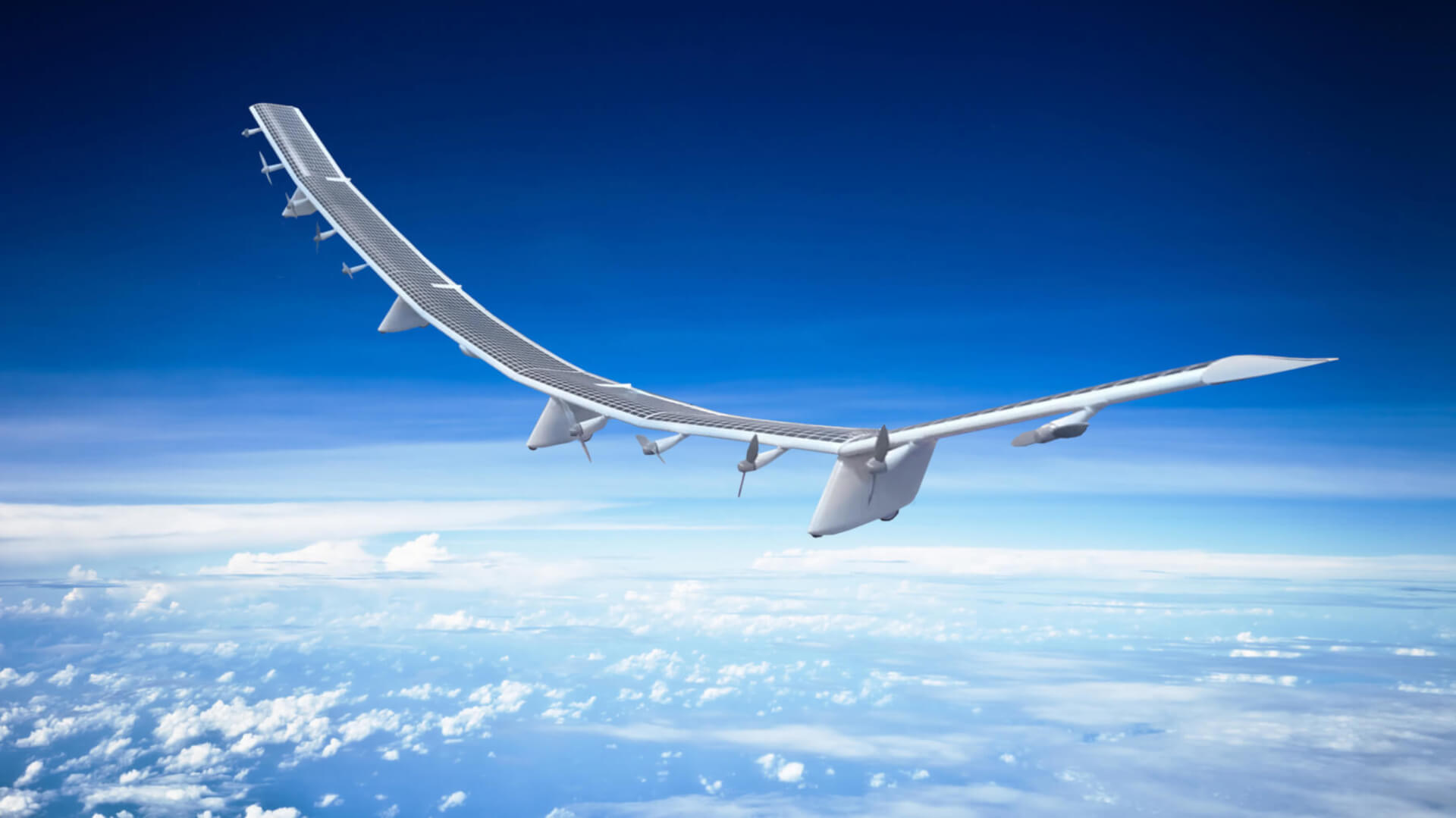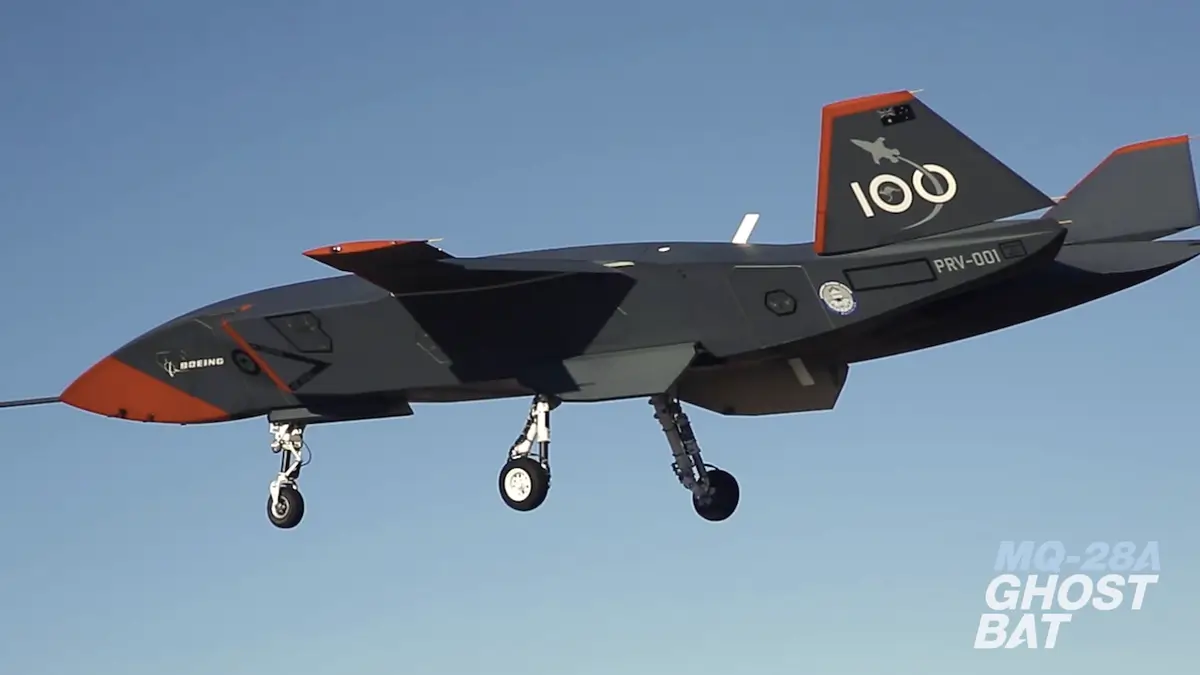5G technology seems to always be on the verge of becoming commercially available, but always a couple steps away. With the successful flight of HAWK30, society may be taking one more step closer to widely available 5G technology.
The HAWK30 is a solar high altitude platform station (HAPS) designed by AeroVironment, an unmanned aircraft systems company. According to TechRadar, HAWK30 is “a solar-powered 5G drone… that can fly non-stop for six months at a time while sending 5G back down to the ground.” It was made in partnership with SoftBank Corp with the test flight occurring at NASA Armstrong Flight Research Center.
In a press release by AeroVironment, the company was excited for their next steps: “We look forward to achieving even greater success in flight testing, culminating in high-altitude, long-endurance flight demonstrations that will pave the way for the global commercialization of HAPS technology.”
The next step of the project is to test the HAWK30 on Lanai, an island in Hawai’i. Two HAWK30s will be set to stay above the island in this test (TechRadar, Business Wire). If this is successful, this could be a major step forward in the development of sustainable and accessible 5G technology.
Follow TechTheLead on Google News to get the news first.





















